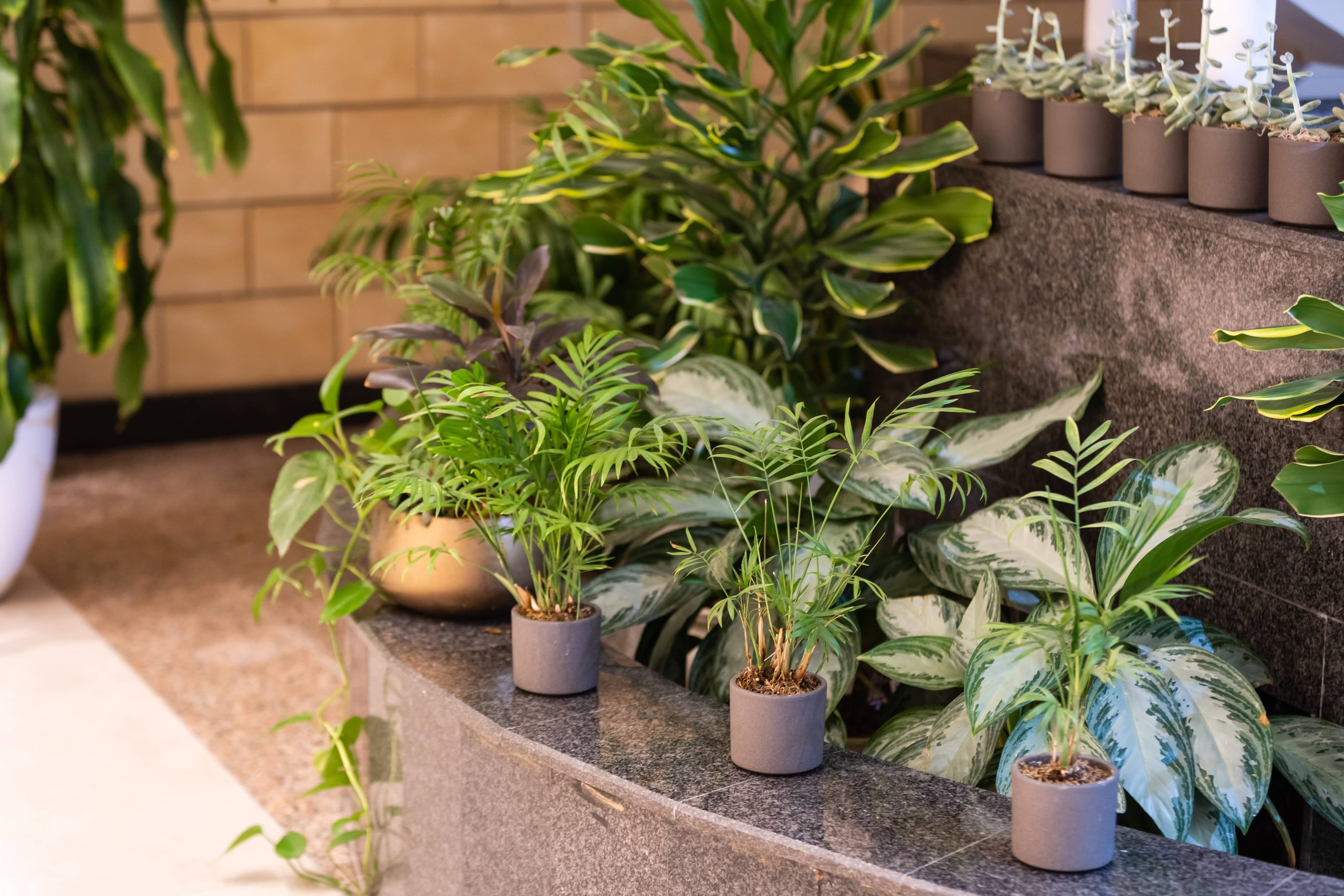
Indoor gardening is a rewarding pastime that can transform any home into a green oasis. However, with hectic schedules and constant demands on our time, maintaining the health and beauty of indoor plants can sometimes feel overwhelming. If you find yourself struggling to balance your love for houseplants with your busy life, fear not. With a few streamlined care routines, you can keep your indoor garden thriving without sacrificing your time.
1. Choose Low-Maintenance Plants:
The first step in creating a manageable indoor plant care routine is selecting the right plants. Opt for species that are hardy and do not require constant attention. Some excellent choices include:
– Pothos: Known for its vining nature, this plant thrives in various lighting conditions and can handle occasional neglect.
– Snake Plant: With its robust, upright leaves, the snake plant can survive in low light and needs minimal watering.
– ZZ Plant: This resilient plant is drought-tolerant and can withstand low light, making it ideal for busy plant owners.
– Spider Plant: Famous for its air-purifying qualities, the spider plant needs only occasional watering and indirect sunlight.
Choosing low-maintenance plants allows you to enjoy the beauty of greenery without dedicating significant time to their care.
2. Set Up a Consistent Watering Schedule:
Consistency is key when it comes to watering your plants. Create a watering schedule that aligns with your weekly routine to ensure your plants receive the moisture they need. Here are some tips:
– Know Your Plants’ Needs: Different plants have different watering requirements. Overwatering can be as detrimental as underwatering. Research your plants’ specific needs and adjust accordingly.
– Use a Self-Watering System: Consider investing in self-watering pots or devices. These systems can help maintain a consistent water supply, reducing the frequency of manual watering.
– Set Reminders: Use smartphone apps or alarms to remind you of watering days. By setting a specific day or two each week for watering, you can prevent neglect without extra effort.
3. Optimize Lighting Conditions:
Proper lighting is crucial for plant health. While it might be challenging to constantly reposition your plants to catch the perfect rays, there are strategies to maximize the existing light in your home:
– Use Grow Lights: If your home lacks sufficient natural light, consider using LED grow lights. They are energy-efficient and can be timed to fit your schedule.
– Place Plants Strategically: Position your plants in areas that naturally receive the best light, such as near windows or under skylights. Grouping plants with similar light requirements can also simplify care routines.
– Rotate Regularly: To promote even growth, rotate your plants every few weeks. This small task can prevent your plants from leaning toward the light and becoming lopsided.
4. Streamline Feeding Practices:
Feeding your plants with the right nutrients is essential for growth and health. Busy individuals can apply these tips to keep feeding simple:
– Use Slow-Release Fertilizers: These fertilizers gradually release nutrients over time, reducing the frequency at which you need to feed your plants.
– Incorporate Feeding Into Watering Routine: Add liquid fertilizer to your watering routine once a month. This minimizes the number of steps required and ensures your plants get the nourishment they need.
– Set Calendar Alerts: As with watering, use digital tools to remind you of feeding schedules. This helps ensure you don’t accidentally overlook this important aspect of plant care.
5. Embrace Multi-Tasking Maintenance:
Combine plant care with other activities to make the most of your time. For example:
– Dusting while Cleaning: Combine dusting leaves with your regular house cleaning routine. Use a damp cloth to gently wipe dust off the leaves while you clean other parts of your home.
– Pruning During TV Time: While watching your favorite show, keep a pair of scissors handy to snip off dead leaves or stems. This will keep your plant looking tidy with minimal effort.
– Repotting on Rainy Days: Use indoor days to tackle occasional bigger tasks like repotting. Dedicate a rainy weekend to rejuvenate your plants without interrupting your regular weekday schedule.
6. Invest in Smart Devices:
Technology can be a great ally in plant care. Consider these smart solutions to make your plant maintenance more efficient:
– Smart Irrigation Systems: Devices that automate watering schedules based on soil moisture levels can significantly reduce your workload.
– Plant Monitoring Apps: Use apps that track light conditions, humidity, and soil nutrients to provide insights on optimal plant care.
– Automatic Plant Care Kits: Some kits offer comprehensive solutions, combining lighting, irrigation, and nutrient delivery into a single system.
7. Create a Weekly Quick-Check Routine:
Dedicate 10-15 minutes once a week to inspect your plants. During this time, look for signs of pests, yellowing leaves, or soil issues. Addressing problems early prevents them from escalating and allows you to allocate time efficiently for other plant care activities.
—
Caring for indoor plants doesn’t have to be time-consuming. By choosing low-maintenance varieties, setting up consistent care routines, and leveraging technology, you can enjoy the benefits of indoor gardening without it becoming a chore. Remember, the key is to integrate plant care into your existing schedule in a way that feels natural and sustainable. With these strategies, even the busiest individuals can cultivate a thriving indoor garden that brings joy and tranquility to everyday life.













